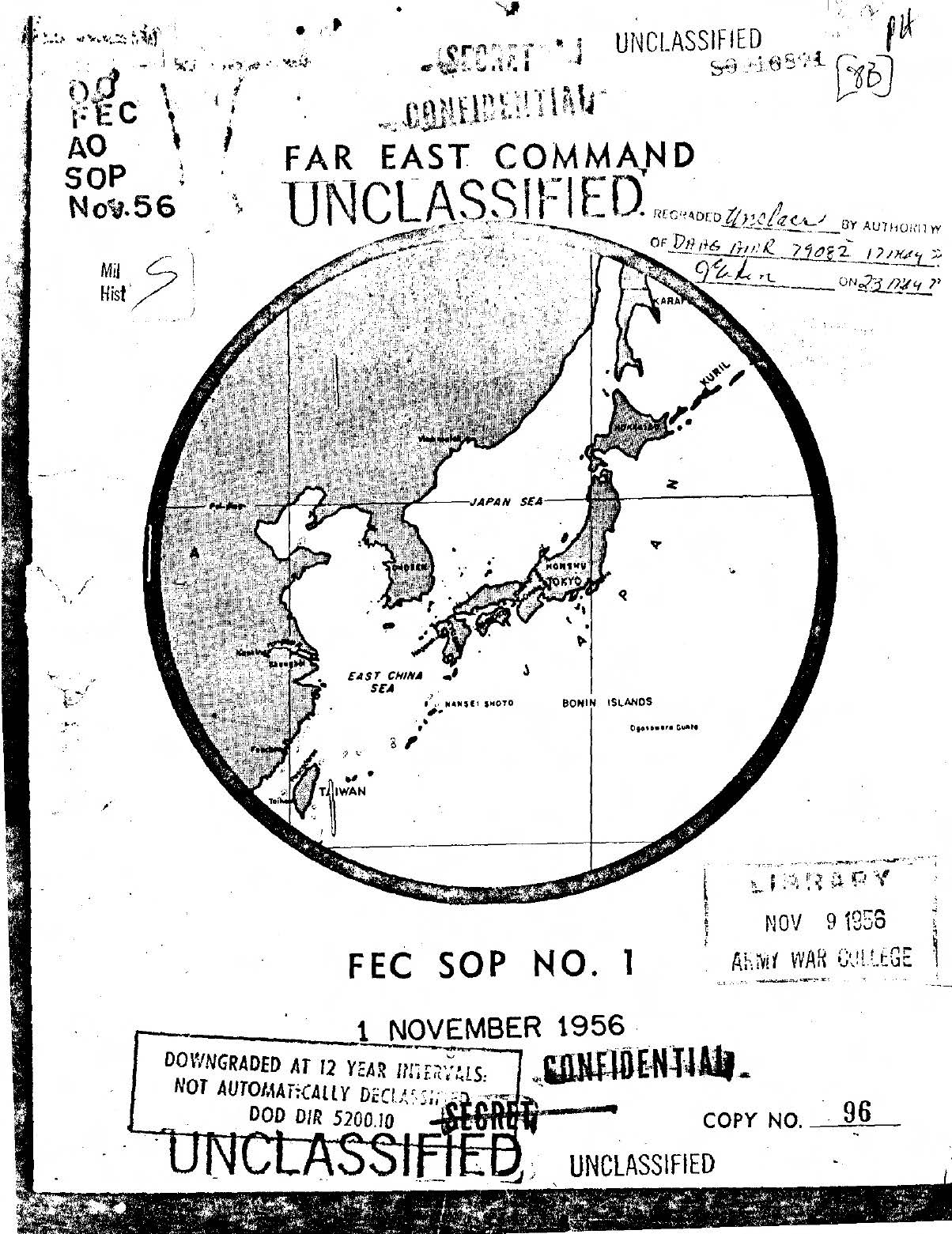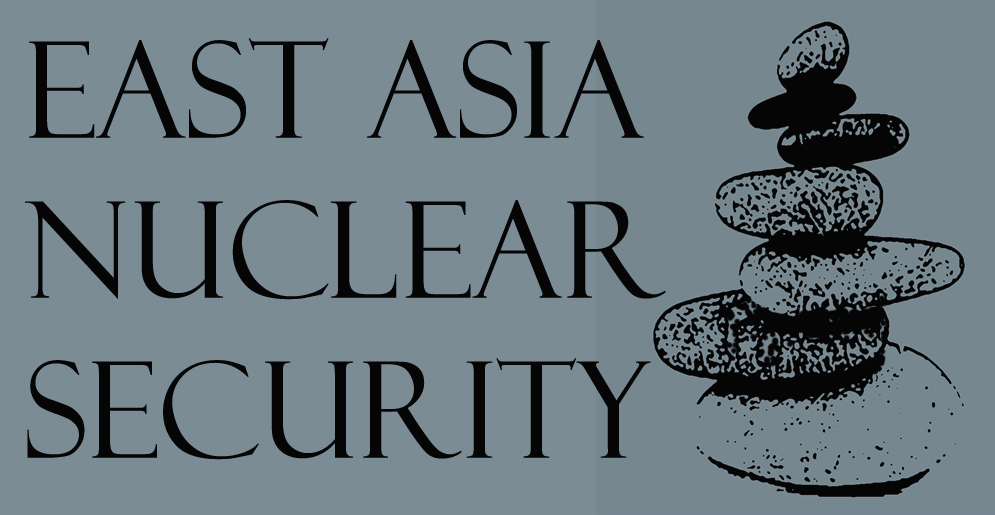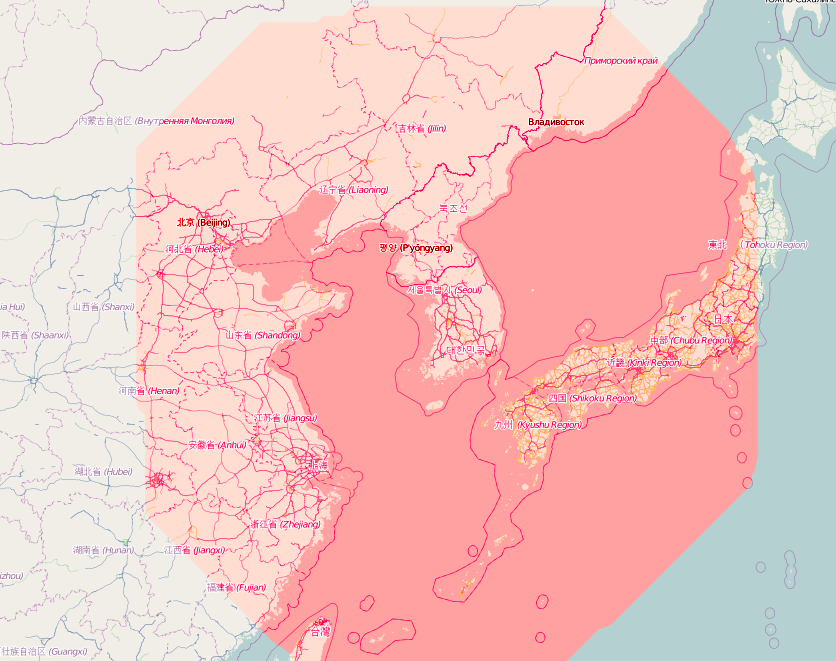Daily Report Archives
Established in December 1993, the Nautilus Institute’s *N*ortheast *A*sia *P*eace and *S*ecurity *N*etwork (NAPSNet) Daily Report served thousands of readers in more than forty countries, including policy makers, diplomats, aid organizations, scholars, donors, activists, students, and journalists.
The NAPSNet Daily Report aimed to serve a community of practitioners engaged in solving the complex security and sustainability issues in the region, especially those posed by the DPRK’s nuclear weapons program and the threat of nuclear war in the region. It was distributed by email rom 1993-1997, and went on-line in December 1997, which is when the archive on this site begins. The format at that time can be seen here.
However, for multiple reasons—the rise of instantaneous news services, the evolution of the North Korea and nuclear issues, the increasing demand for specialized and synthetic analysis of these and related issues, and the decline in donor support for NAPSNet—the Institute stopped producing the Daily Report news summary service as of December 17, 2010.
Rowing between two reefs: China, the United States and containment revenant
by—Richard Tanter, NAPSNet Contributor
This year’s Shangri-La Security Dialogue had all the hallmarks of a dialogue of the deaf. Indonesian president Susilo Bambang Yudhoyono keynote address put a strong case….
Go to the article

This 1956 report was “promulgated for the purpose of establishing normal procedures which will ensure the most efficient and expeditious employment of atomic weapons in accordance with JCS policy…Upon initiation of hostilities, on a scale warranting the use of atomic weapons, it is expected that Commander-in-Chief, Far East (CINCFE) will be authorized to employ atomic weapons, in the accomplishment of the theater mission…This standing operating Procedure (SOP) established the procedure to be used in the Far East Command (FEC) for the control and expenditure of atomic weapons. The procedures set forth herein shall be adhered to by all commands concerned with the planning for and execution of atomic strikes…”
This report was released to the Nautilus Institute under the US Freedom of Information Act (FOIA).
Go to the article
Mutual Trust: Collective Hedge
by Roger Cavazos, DPRK Contributor
Mutual trust is an important part of today’s interconnected world. However, when applied to the security realm at the State-to-State level, mutual trust can become a weapon and an obstacle….
Go to the article

Jeffrey Lewis argues that US allies such as Japan have been mislead by the manner in which past administrations have sought to emphasize the strength of their extended deterrence commitments by reference to particular weapons systems in that role. Lewis writes that “there is no specific commitment to use any of those nuclear weapons in defense of Japan – or any other ally.”
Rather, Lewis states, “it is time to be honest that the primary source of nuclear deterrence for US allies comes from the strategic triad of intercontinental ballistic missiles, submarine launched ballistic missiles and bombers.” He concludes that “US nuclear weapons continue to play role, albeit a declining one, in meeting US security commitments. The US is committed to defending Japan, but the use of nuclear weapons neither necessary nor desirable in the current strategic environment.”
Jeffrey Lewis is an Adjunct Professor and Director of the East Asia Non-Proliferation Program at the Monterey Institute of International Studies.
A version of this report was originally presented at the East Asia Nuclear Security workshop held on November 11, 2011 in Tokyo, Japan.
Go to the article

South Korea’s Long Bow
by Peter Hayes, NAPSNet Contributor
South Korea has long tried to obtain medium-range ballistic missiles. Today, conservatives in the ROK are outraged that the United States is not inclined to enable the ROK to obtain medium-range delivery systems……
Go to the article

Jon Mitchell states that “six months prior to the Cuban Missile Crisis…a parallel drama played out on the other side of the world as the U.S. secretly brought near-identical missiles to the ones the Russians stationed on Cuba to another small island — Okinawa. While the full facts of that deployment have never been officially disclosed, now for the first time three of the U.S. Air Force’s nuclear pioneers have broken the silence about Okinawa’s secret missiles, life within the bunkers and a military miscalculation of apocalyptic proportions — the targeting of unaligned China at a time when China-Soviet polemics were in full public view.”
Jon Mitchell is a Welsh-born writer based in Yokohama and represented by Curtis Brown Ltd., New York. He teaches at Tokyo Institute of Technology and is an Asia-Pacific Journal associate.
Go to the article





